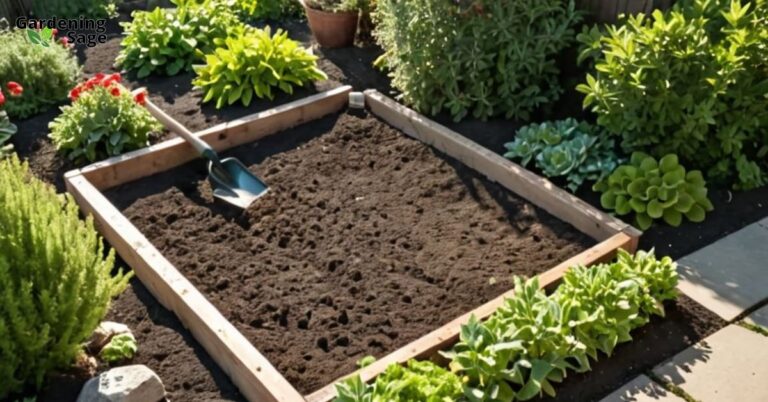For those with a passion for gardening or a curiosity to start, raised garden beds offer an excellent and manageable method to grow a variety of plants.
This comprehensive guide is designed to assist beginners in building their own raised garden beds, focusing on the best plants for raised garden beds and incorporating essential gardening practices for a successful and enjoyable experience.
Embracing Raised Garden Beds
Raised garden beds are an increasingly popular choice for gardeners of all skill levels, especially beginners. They offer numerous benefits such as better drainage, improved soil conditions, fewer weeds, and ease of access.
Perfect for small and large spaces alike, they provide a controlled environment to grow your favorite plants.
Step 1: Design and Location
Planning Your Space:
- Location: Choose a spot that receives ample sunlight, ideally six to eight hours a day.
- Size: Aim for a width of 3-4 feet to easily reach the center from either side. The length can vary based on your space and needs.
- Materials: Use untreated, rot-resistant wood like cedar or redwood. You’ll also need screws, a saw, a drill, and a hammer.
Step 2: Constructing the Frame
Assembling Your Bed:
- Cut your wood to the desired dimensions.
- Assemble the frame by screwing the boards together to form a rectangle or square.
- Ensure the frame is level on the ground.
Step 3: Preparing for Planting
Laying the Foundation:
- Place a weed barrier at the bottom of the frame to prevent weed growth.
- Fill the bed with a mix of topsoil, compost, and organic matter, creating a nutrient-rich environment for your plants.
Step 4: Choosing Your Plants
Selecting Suitable Species:
- Vegetables: Ideal for raised beds, vegetables like tomatoes, lettuce, and carrots thrive in well-drained soil.
- Herbs: Basil, chives, and parsley are great choices for beginners.
- Flowers: Brighten your bed with marigolds, petunias, or zinnias.
Step 5: Planting and Maintenance
Cultivating Your Garden:
- Plant your chosen species, following specific spacing guidelines.
- Water your plants regularly, keeping the soil moist but not waterlogged.
- Add mulch to help retain moisture and control weeds.
Step 6: Enjoying the Fruits of Your Labor
Harvesting and Seasonal Care:
- Enjoy the harvest of your vegetables and herbs.
- Add compost or organic fertilizer periodically to maintain soil health.
- Prepare your beds for different seasons by adding seasonal plants or covering them during winter.
A Garden to Cherish
Raised garden beds are a fantastic way to delve into gardening, offering an accessible and manageable approach for beginners. This guide provides the foundational steps to build and maintain a flourishing raised garden bed.
By choosing the right plants and providing consistent care, you can transform your space into a thriving garden, brimming with life and beauty.














